Separate and unequal: The environment can be racist, too
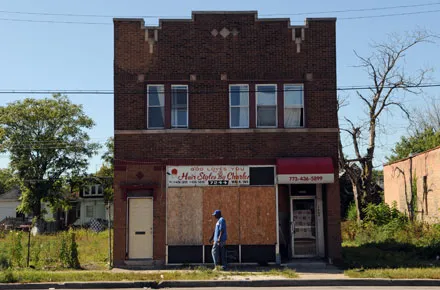
Photo credited to Chicago Reader
Imagine you’re preparing to go to school, only you can’t use the shower because the water is poisoned, and you must bathe yourself in the sink using bottled water. You can’t wash your face or brush your teeth because the water is full of lead. You can’t take a sip of water from the faucet because it’s filled with bacteria. This is the reality for many Black and Latinx communities in Chicago, and I think that we as residents of Skokie don’t realize that we are privileged because of the environment in which we live in.
Environmental racism is a term used to describe pervasive policies and practices in government and private industry regarding pollution that disproportionately impacts communities of color. The term was coined by civil rights activist Ben Davis after North Carolina dumped soil contaminated with cancer-causing chemicals into a poor Black farming community in the 1980s.
Systemic racism and White political institutions are to blame; when government officials or other groups in power are deciding where to place the newest hazardous waste facility or dump site, they don’t want it in their own backyard. Instead, they look to communities filled with people who do not look like them or fall under the same tax bracket. Petrochemical industries, like ExxonMobil and Marathon Petroleum, have a notorious track record of polluting non-White communities. Residents demonstrate every day how badly help is needed and how communities of color are often the last to receive it.
Chicago is one of the most segregated cities in the country, if not the most. Many areas in the South and West sides of Chicago are overwhelmingly Black and Latinx. The effects of redlining continue to reinforce unjust living conditions for minority residents. Privileged White families are favored for housing opportunities at the expense of minorities who were denied loans. Racialized neighborhoods marked as “high-risk” or “red” were overlooked by the government, resulting in poor infrastructure that increases vulnerability to environmental hazards. Black and Latinx residents are more likely to live close to industrial pollution and have chronic health conditions, according to the Chicago Department of Public Health. This is not a coincidence.
One example of this is the urban heat island effect. Redlining exploited marginalized communities through new manufacturing facilities, warehouses and highways—all of which absorb heat. A study on 108 U.S. urban areas showed that land surface temperatures are about 36 degrees warmer in previously redlined neighborhoods. Of course, exposure to extreme heat has negative effects on health, like heart and lung complications and shorter lifespans by up to 30 years.
Furthermore, people living on the Southeast Side breathe some of the city’s dirtiest air. Air pollution can lead to asthma and other respiratory illnesses, leading to hospitalization and early death. Chicago’s South and West areas rank within the top 25 in the country for severity. You can see it, taste it and smell it. Everywhere you go, there is a foul smell.
A couple of years ago, the U.S. Department of Housing and Urban Development accused the city of Chicago of violating the civil rights of its citizens by relocating polluting businesses from white communities into Black and Latino areas that already are overwhelmed with environmental and health issues. As discovered by Hazel Johnson, known as the mother of environmental justice, local residents in the South Side have had higher cancer rates and toxin-related diseases and deaths than other Chicagoland areas.
Chicago resident Amber Harden said, “I live in the projects near Lincoln Park. When you walk around Lincoln Park, it’s all clean, nice and well-put-together. It’s a predominantly White community.” She continued, “But when you come by near where I live, you can tell this is where the n*ggas are. There’s trash everywhere, broken infrastructure and broken street lights. It’s convenient for me to live here but it just isn’t a nice area. I wish I could move somewhere else but I can’t afford it. It has just become normalized for us to live in dumping grounds. Our mayor needs to do a better job at protecting us.”
I go to Chicago often from Skokie whether it be to get my hair braided or to just stroll around with friends, and I have definitely noticed the difference between communities that are a majority White versus those that are a majority Black. These neighborhoods are both separate and unequal. There’s no doubt that there were plans, policies and practices that were enacted, built on racial exclusion and hatred, that resulted in such distinction. There are some neighborhoods where my peers don’t want me traveling over to; they warn me to stay in the White communities essentially because they believe that I’d genuinely be putting myself in danger if I were to venture over to the Black neighborhoods. That is the sad reality; our society created these conditions yet we continue to blame those forced to live within them, fearful of them as though we did not create those circumstances.
On the contrary, Skokie, a town that is a mere 7 percent Black, is a thriving town from what I’ve seen. Trash is picked up by the city, most of the houses are gigantic, trees are planted all around, the parks are safe, and the air quality is at the very least moderate. This is a stark contrast to whenever I step out and head toward the city. The streets have potholes, the buildings are old and in destruction, and the air smells like gasoline.
We need to practice self-education, elevate the voices of impacted communities, hold our representatives accountable and use the power of boycott. Before you shop, investigate the environmental practices of corporations. Do some research on the local and federal policies that are designed to perpetuate these differences. Get to know the social justice advocates in your community, and support them however you can. Ultimately, safe water is not a privilege, it is a human right. It is time that we do more to address it for the safety of these communities.
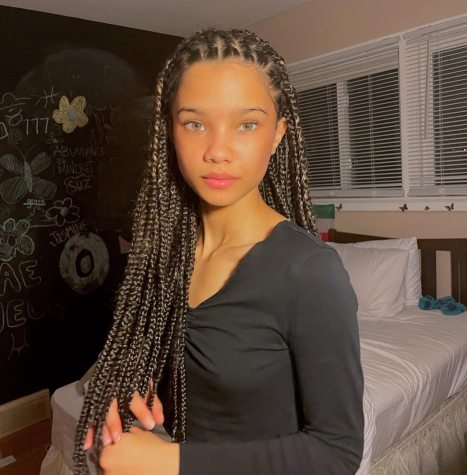
Jasmine Nichols is a Senior at Niles North who aims to write about contemporary issues within the black community. She enjoys learning about black history,...




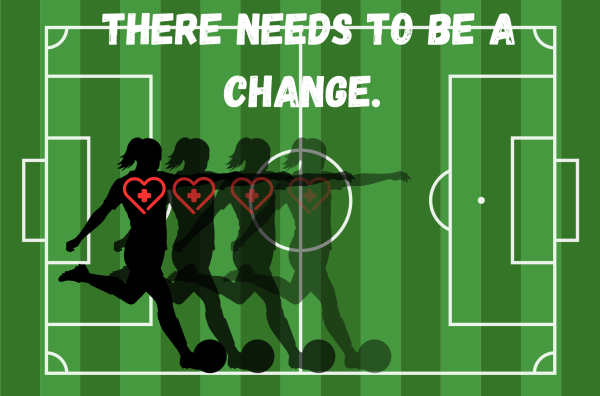
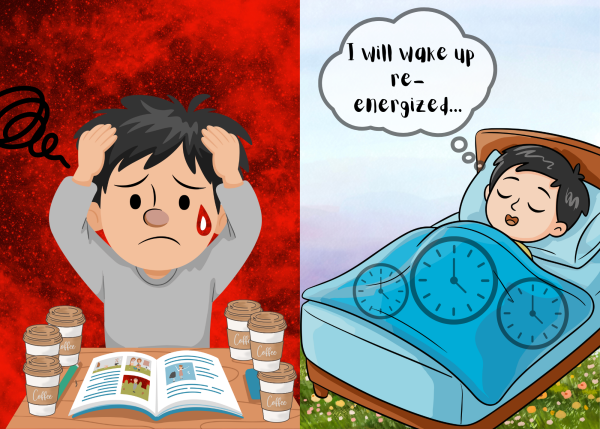
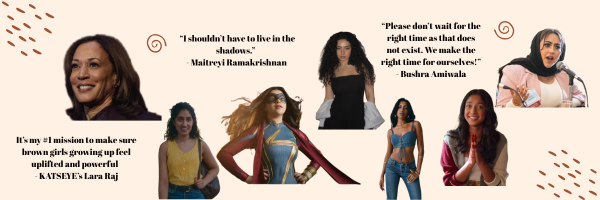
Michelle • Apr 27, 2023 at 4:39 pm
Those who live in the area should care about where they live, but they don’t. It shows by the garbage in the streets an grass. People not taking care of their property. So it’s not just the government fault. The people living there has to step up against the ones in the area that are causing the issues.